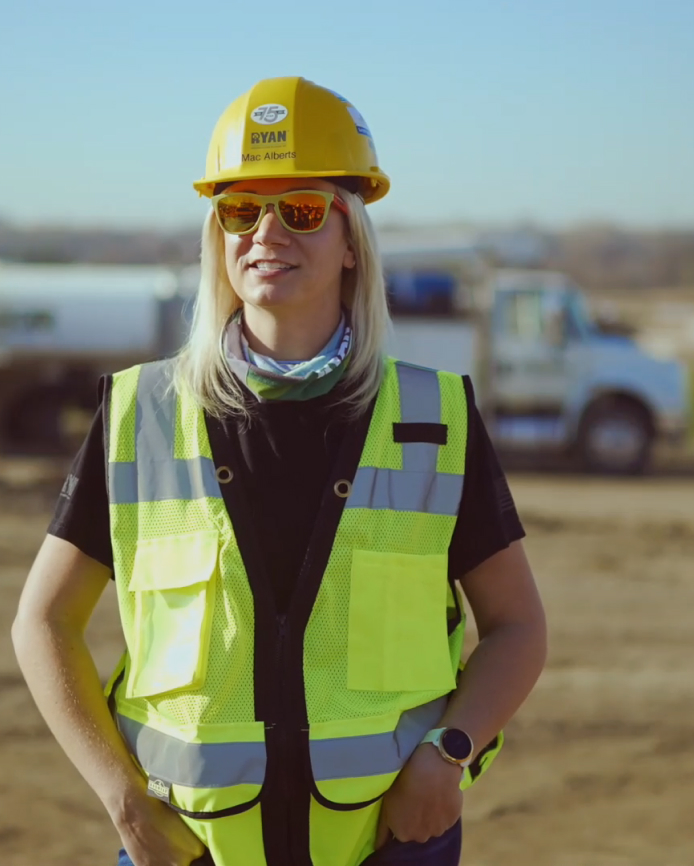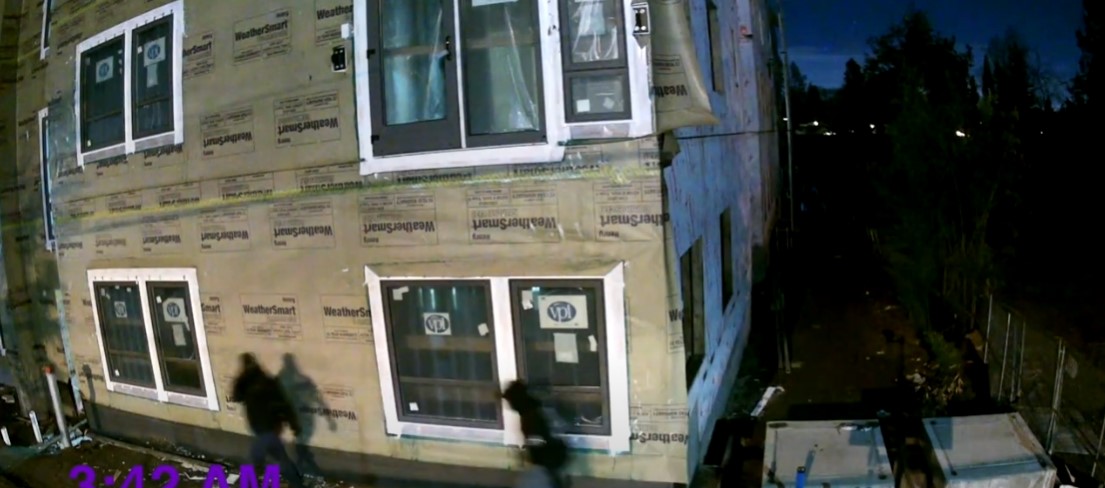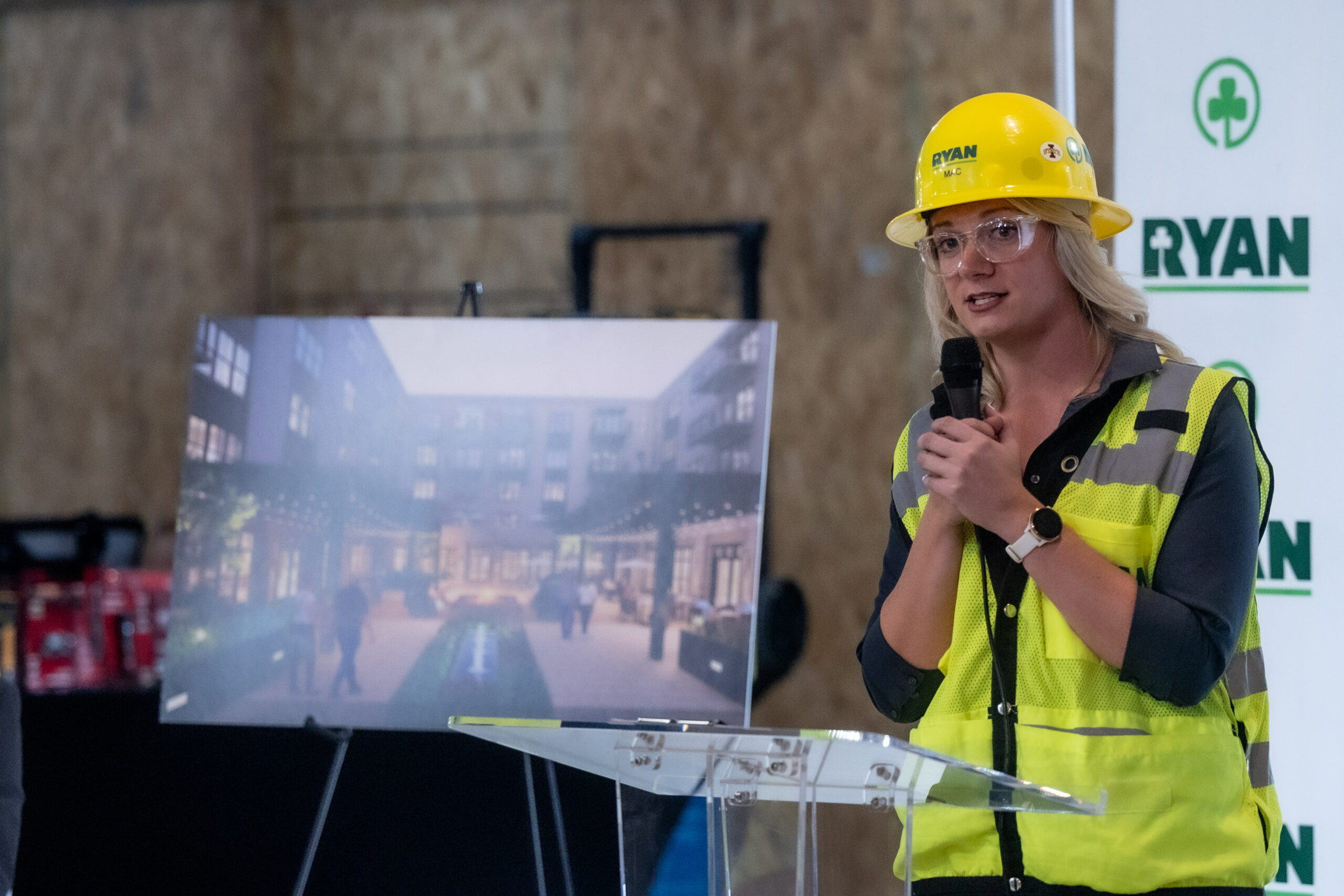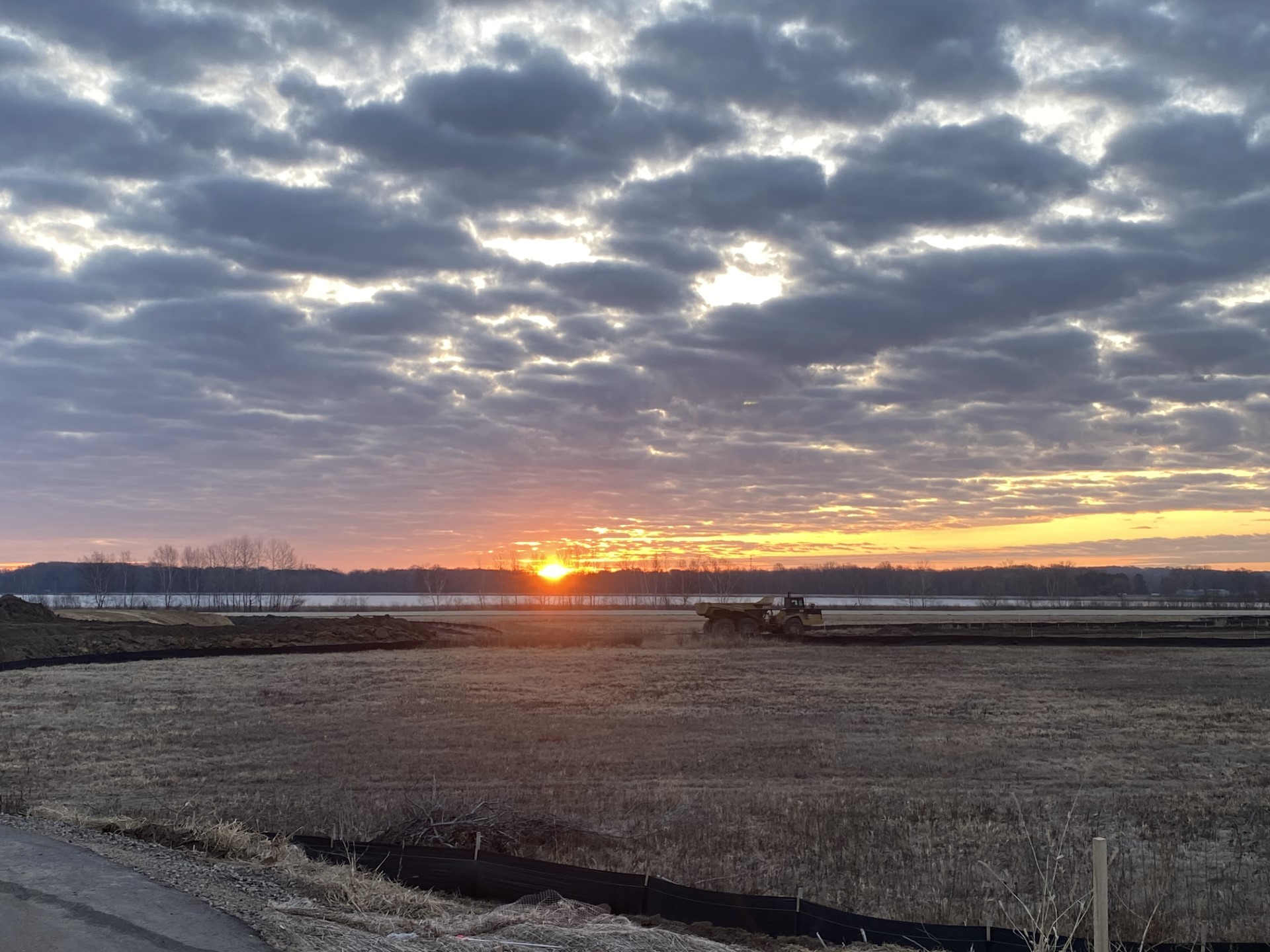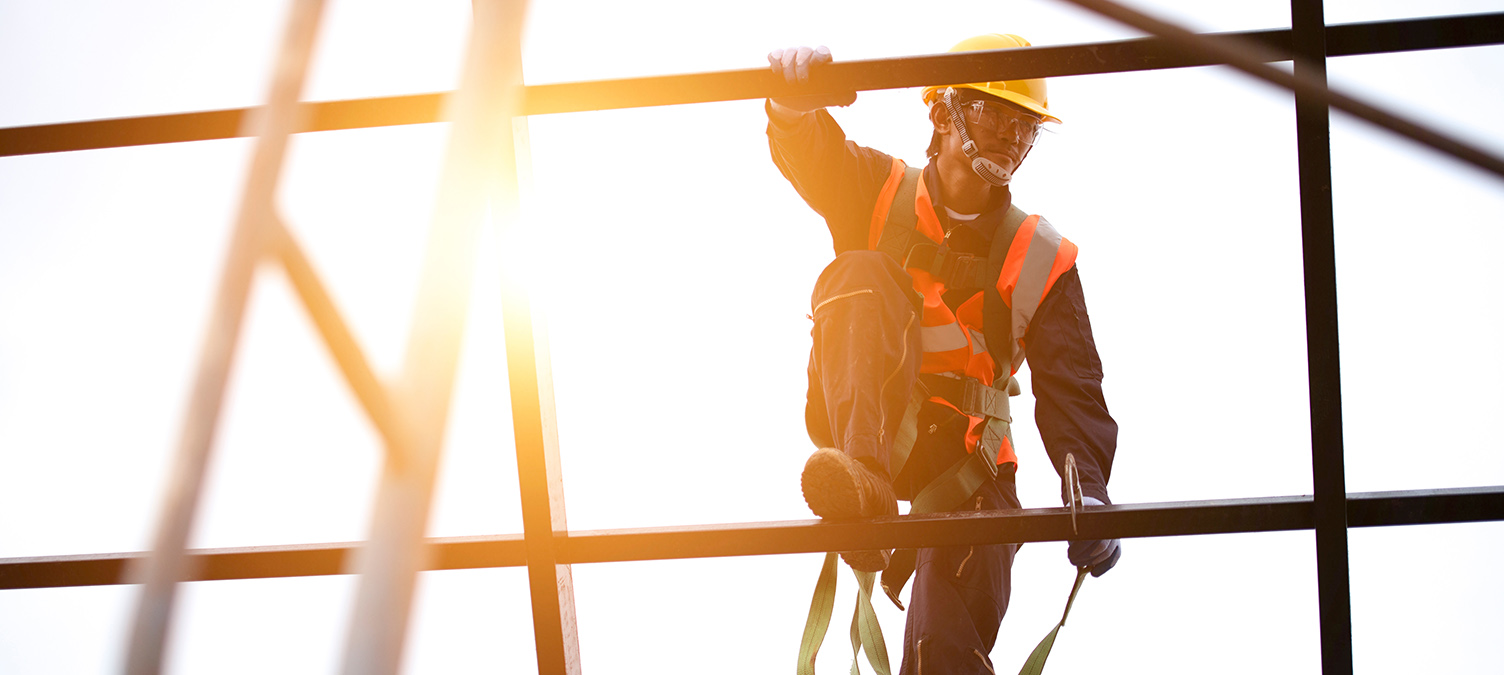Almost two years after the coronavirus changed our world, the pandemic that followed has revealed a great deal about the construction industry. While it is certainly true that everything we do has been at least partially affected by the pandemic, including shopping, schooling, entertainment, and socializing, the fact is that construction in a pandemic was certainly challenging. We’ve written a bit about construction trends and what the future holds, but today, let’s look back and review what we’ve learned about the industry and construction safety generally.
What Has Changed
Despite a period of chaos and uncertainty, the construction industry remains relatively strong. Projects may have been delayed or slowed to a crawl, but in an industry forced to adapt to laws, safety guidelines and environmental rules, construction in a pandemic showed that the industry is fully capable of responding quickly and efficiently to new paradigms. The construction industry changed in a number of ways but the most interesting revolve around construction safety, training, and project management.
Construction Safety
Monitoring, tracking and policing construction safety are among the most important aspects of any construction manager’s job. During a pandemic however, these take on even more importance. While making sure your staff is prepared for the many dangers of a construction site, the pandemic made it even more difficult to get everyone home safely at the end of the day. The virus added more pressure to review construction safety protocols with something rarely considered in the modern age… how to keep your employees safe from infectious diseases.
One important lesson from the pandemic was a need to add some new safety equipment to the jobsite requirements. No longer is a brightly colored vest, a pair of steel-toed boots, and a hardhat the only personal protective gear your employees need to wear at all times. To protect against a microscopic danger, masks and face shields have become a necessary part of a construction safety tool kit.
On-site Training
Construction career and technical education (CTE) is mostly a hands-on, in person learning opportunity, but the pandemic revealed that might need to change to address that unseen foe. One of the ways construction in a pandemic changed how we do business is in how we offer training and education to prospects. Most schools switched to online learning but the nature of construction meant these professionals had to adapt their in person learning protocols because learning construction techniques requires hands-on, in-person learning. Adapting to the pandemic meant teachers and students had to take mask wearing seriously. In addition, construction training required adjusting the size of classes as well as changing the physical layout of a learning area to account for social distancing.
Managing Timelines and Expectations
The pandemic shutdown some industries for months, but the construction industry was flagged as an essential business and had to find ways to keep the wheels moving. Among the changes that had to quickly be implemented such as social distancing, testing, and mask mandates, how a construction firm and project managers track, monitor and oversee projects had to be revised. Construction during a pandemic meant dealing with shortages of manpower and materials, and finding ways to efficiently manage projects and related costs became as important meeting deadlines.
Perhaps the biggest lesson learned by project managers if finding a way to do a lot more, with a lot less. Granted, the pandemic was unique, but it certainly isn’t going to be the last major health consideration that derails our industry. What the last year has taught many leaders in our industry is that adapting is fine, but anticipation is likely to be more valuable going forward. Taking a more proactive approach to construction safety and site monitoring including finding ways to leverage construction technology to help us do more with much less.
SiteKick is committed to helping construction firms find new ways to address both common and uncommon challenges to the work we do. If you’re interested in finding out how SiteKick is helping our clients build a better future, contact us to discover how we can help you prepare for whatever the future holds.

